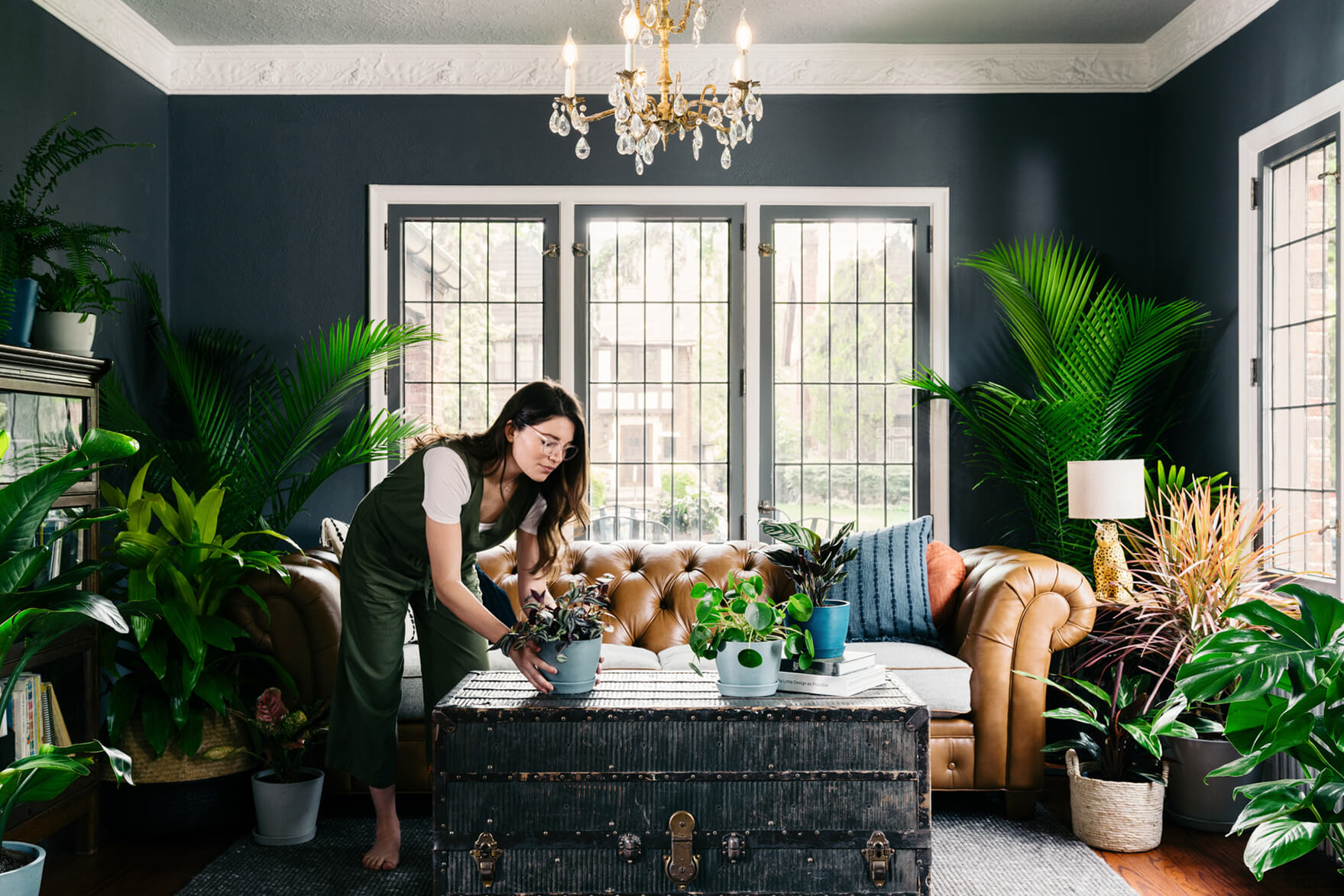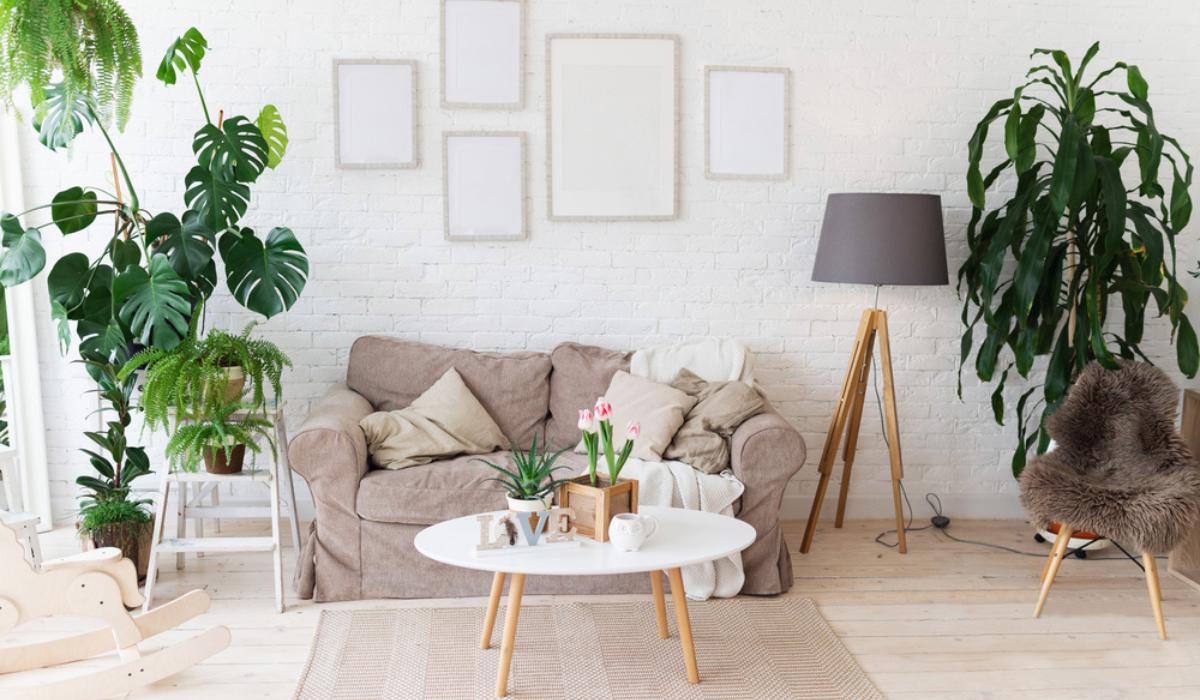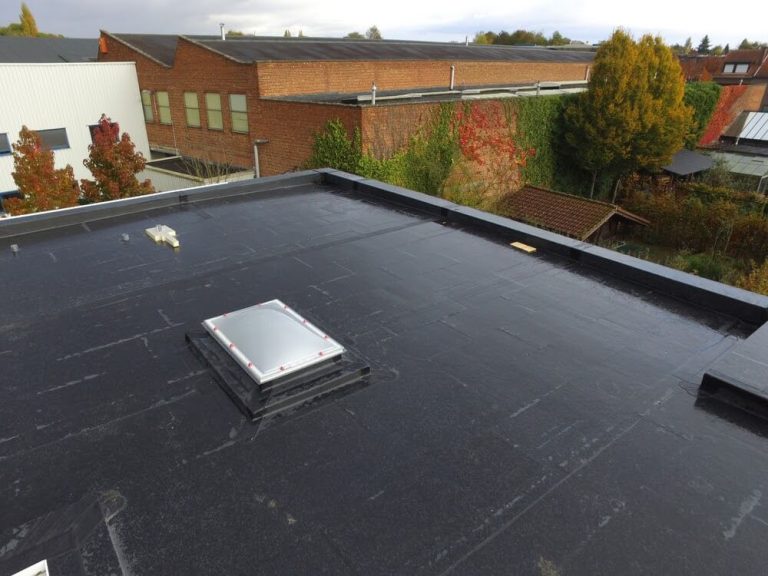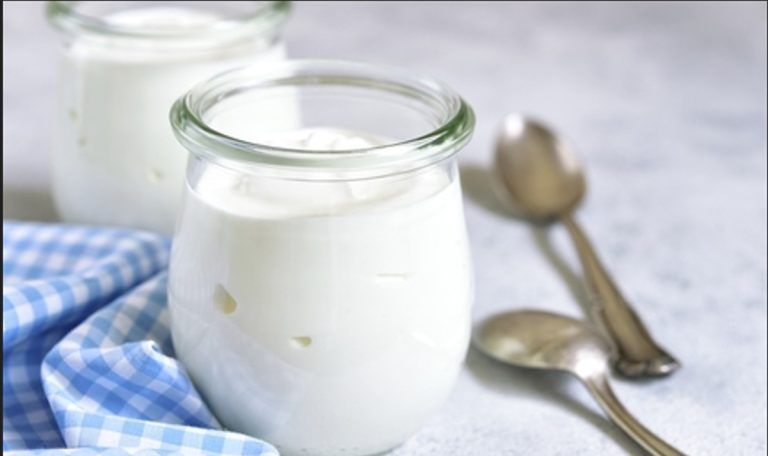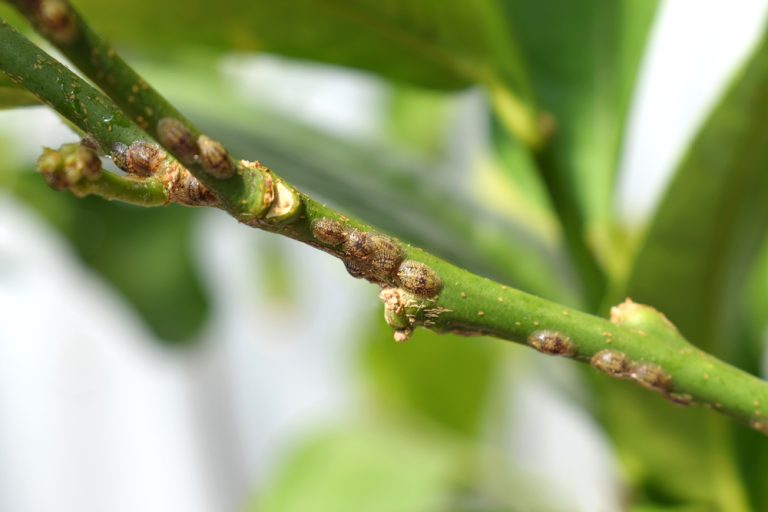Is it good to have a plant in your living room?
As we spend more time indoors, it’s essential to bring nature into our homes. One of the simplest and most effective ways to achieve this is by adding plants to your living room. Indoor plants offer numerous benefits, from purifying the air to reducing stress and boosting productivity. They can also add a touch of beauty and tranquility to any space.
In this blog post, we’ll explore the many benefits of having plants in your living room, including their ability to improve air quality, enhance mood, and add aesthetic value. We’ll also provide you with tips on selecting the right plants for your space and how to care for them properly. Whether you’re a seasoned plant enthusiast or just starting out, this guide will give you the knowledge and confidence to incorporate plants into your home.
So if you’re ready to transform your living room into a lush oasis of calm and tranquility, read on and discover the many advantages of having indoor plants.
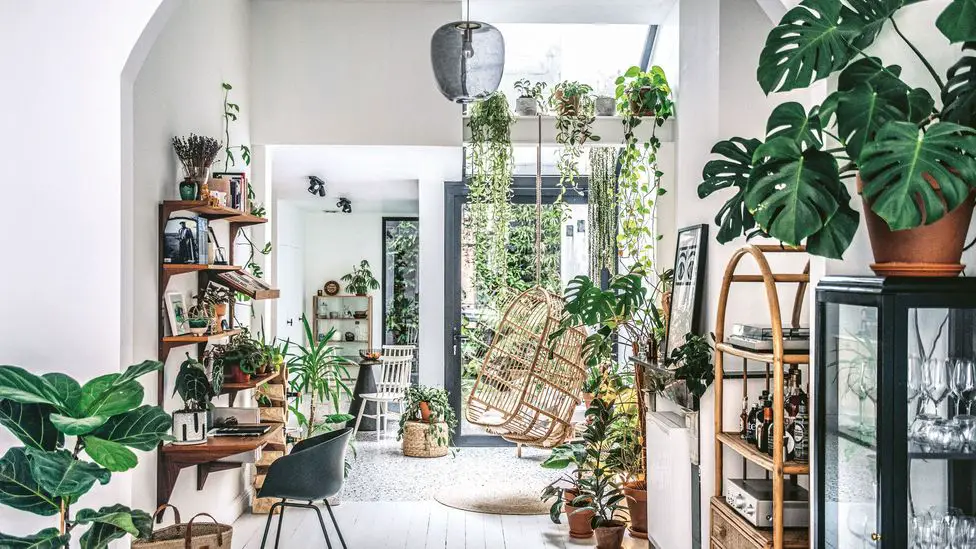
The Benefits of Having Plants in Your Living Room
There are many benefits to having plants in your living room. Perhaps one of the most significant advantages is that they purify the air. Indoor air can be more polluted than outdoor air due to chemicals from cleaning products, paint, and furniture, as well as mold and other allergens. Plants act as natural air filters, removing harmful toxins and improving air quality.
Another benefit of having plants in your living room is that they can reduce stress and improve mood. Studies have shown that indoor plants have a calming effect on people, reducing anxiety and promoting relaxation. In addition, plants have been found to improve cognitive function, memory retention, and overall well-being.
In terms of aesthetic value, plants can transform any living room into a vibrant and inviting space. They come in a range of colors, shapes, and sizes, making it easy to find the perfect plant for your décor. Not only do they add visual interest, but they also create a sense of harmony and balance.
Plants can even boost productivity and creativity. Research has found that workers in offices with plants were more productive and experienced less stress than those without. Additionally, having plants around can enhance creativity and problem-solving skills by stimulating the brain and promoting a sense of calm.
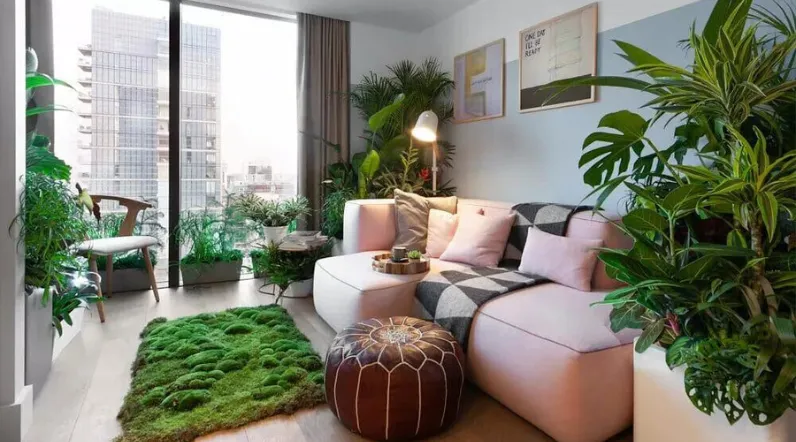
Best types of plants for your living room
When it comes to choosing plants for your living room, it’s essential to consider both aesthetic appeal and practicality. You want plants that not only look good but are also low-maintenance and thrive indoors. Here are some of the best types of plants for your living room:
- Snake Plant: The snake plant is a sturdy and durable plant that requires minimal care. It can tolerate low light levels and irregular watering, making it perfect for those who may not have a green thumb. Plus, it’s an excellent air purifier.
- Spider Plant: The spider plant is another easy-to-care-for option that thrives in low to medium light. It’s also highly effective at removing pollutants from the air.
- Peace Lily: The peace lily is a beautiful plant that adds a touch of elegance to any living room. It prefers bright, indirect sunlight and needs to be kept moist. It’s also a great air purifier, removing harmful toxins such as formaldehyde and benzene.
- Rubber Plant: The rubber plant has large, glossy leaves that make a statement in any living room. It likes bright, indirect light and should be watered regularly. It’s also an effective air purifier.
- Fiddle Leaf Fig: The fiddle leaf fig is a popular plant known for its large, violin-shaped leaves. It prefers bright, indirect sunlight and regular watering. While it requires a bit more attention than other plants on this list, it’s worth it for the striking visual impact it provides.
These are just a few options to consider when selecting plants for your living room. Keep in mind that there are many other varieties available, and it’s important to choose plants that suit your particular needs and preferences.
How to Care For Your Indoor Plants
Proper care is essential for keeping your indoor plants healthy and thriving. Here are some tips to help you care for your plants:
- Watering: The frequency with which you water your plants depends on the specific plant, its size, and the temperature of your home. Generally, most plants should be watered when the top inch or so of soil feels dry to the touch. Over-watering can lead to root rot, so be sure not to overdo it.
- Light: Most indoor plants prefer bright, indirect light. Place them near a window that gets plenty of natural light, but avoid direct sunlight, as this can burn the leaves.
- Fertilizing: Indoor plants need nutrients to thrive, so it’s essential to fertilize them regularly. Follow the instructions on the fertilizer package, and be careful not to use too much, as this can harm the plant.
- Pruning: Regular pruning can help keep your plants healthy and looking their best. Remove any dead or discolored leaves, as well as any stems that have become leggy or unattractive.
- Humidity: Many indoor plants prefer humid environments. You can increase humidity by placing a tray of water near the plant or misting the leaves with water.
- Repotting: As your plants grow, they may need to be repotted into larger containers. Look for signs such as roots growing out of the drainage holes or the soil drying out quickly.
By following these tips, you can ensure that your indoor plants stay healthy and beautiful for years to come.
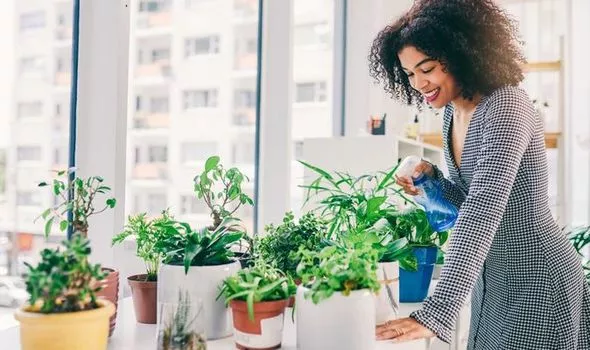
Conclusion
Incorporating plants into your living room is a simple and effective way to improve both the aesthetics and the health of your home. From air purification to stress reduction, indoor plants offer numerous benefits that can enhance your overall well-being. With so many varieties to choose from, there’s a plant out there for everyone, whether you’re a seasoned green thumb or just starting out.
To ensure your indoor plants thrive, it’s important to select the right plants for your space, provide them with proper care, and address any issues such as pests promptly. By following these tips and incorporating plants into your daily life, you can create a more inviting and healthy living environment. So why not take the first step today and add a plant or two to your living room? Not only will they make your space more beautiful, but they’ll also provide a natural source of inspiration and relaxation in our technologically focused world.

